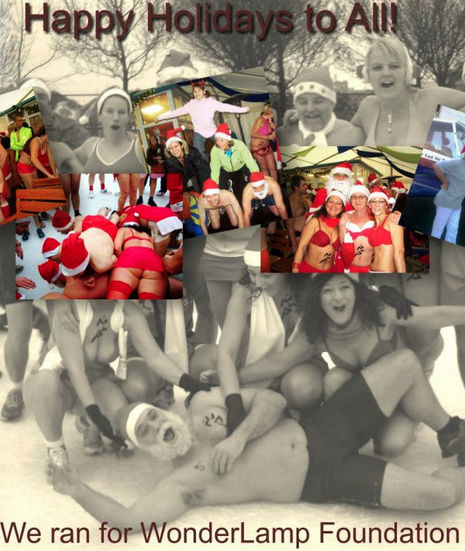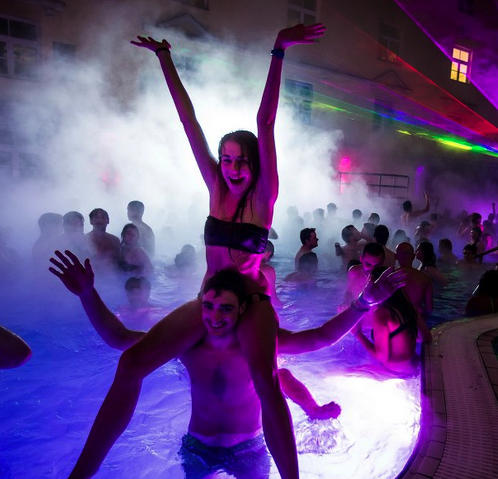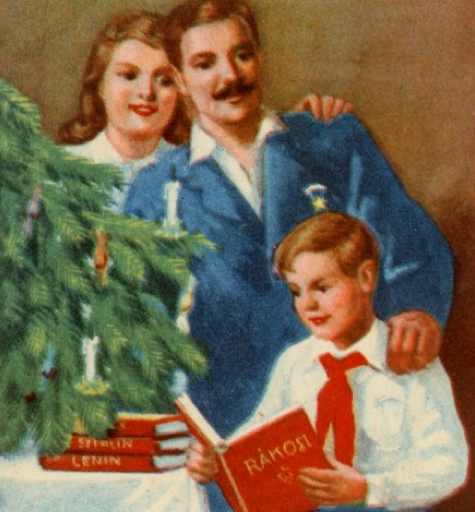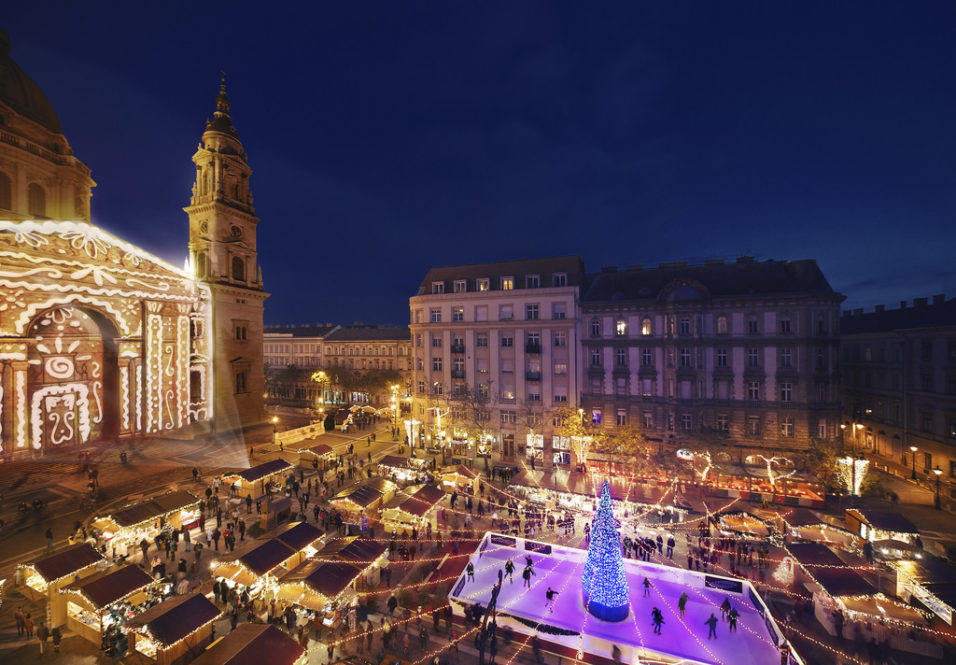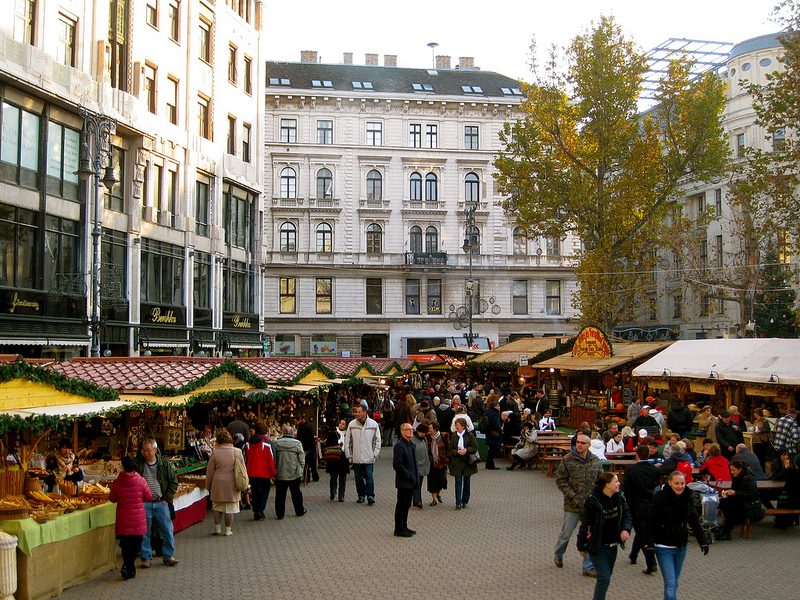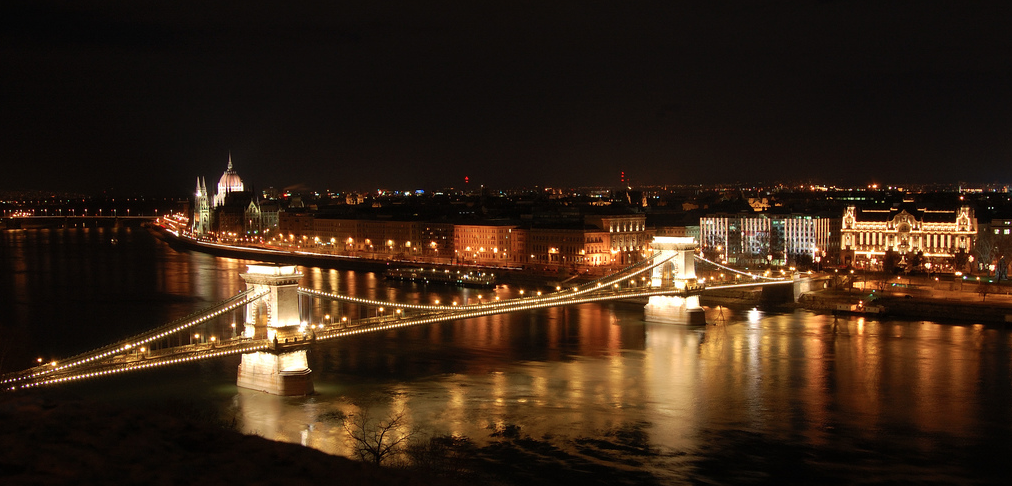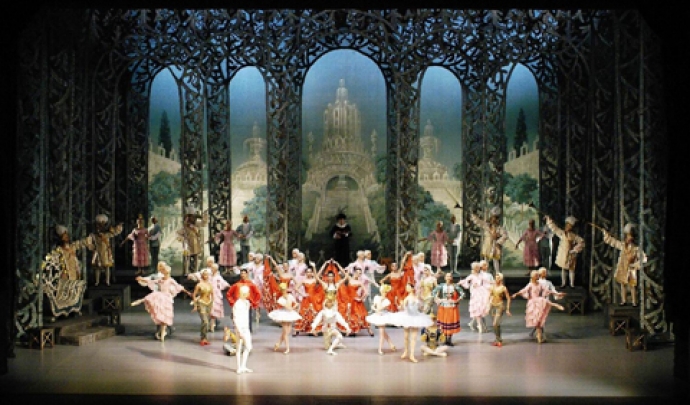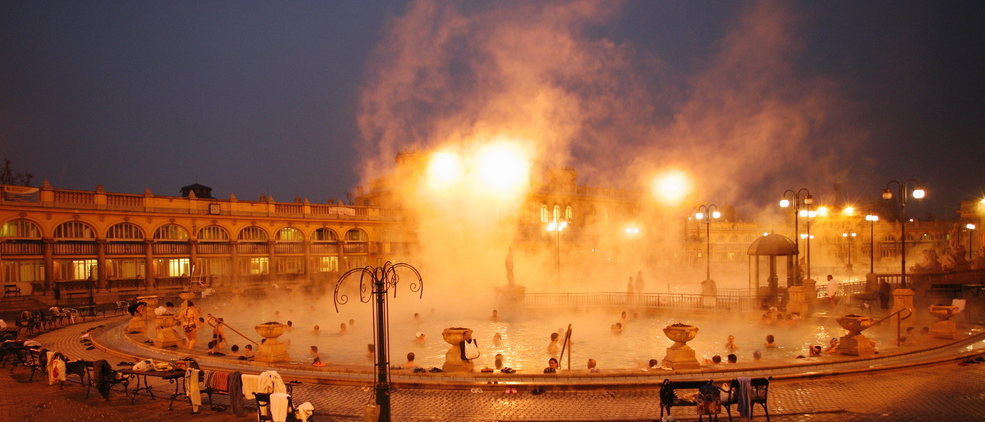If you see crazily dressed people on the streets of Budapest in freezing December weather, sort of beach Santa Claus guys and girls running along, please be aware that Hungarians did not go nuts, just participate in a special charity event: the Santa Claus Charity Jogging in Budapest on December 9 in 2018.
Do join them if you are a regular runner and can bear the cold weather for a bit of love. The charity jogging is for sick children, any donations, registrations will go into helping children in need through the Magic Lamp Fund (Csodalampa Alapitvany).
After the jogging, the participants head to the Szechenyi Baths to enjoy the warm thermal waters and the sauna.
Meeting point: Gozsdu Courtyard in Budapest city center near Deak Square (between 13 Kiraly Str. and 16 Dob Str.)
Date: 1 pm, Dec 9, 2018
Running time: from 2pm to 3pm
Running route: Gozsdu Courtyard, Chain Bridge, Vaci utca shopping street, back to Gozsdu Courtyard
Registration fee: HUF 3,000 (only 250 can register, so hurry up to be part of this wonderfully crazy event)
Official website: MikulasKocogas.hu
Video of the Budapest Santa Claus Running event in 2012, and interview with the founder:
Blote kerstloop in Boedapest – Kerstmannen rennen in zwemkleding door Boedapest – 2012
